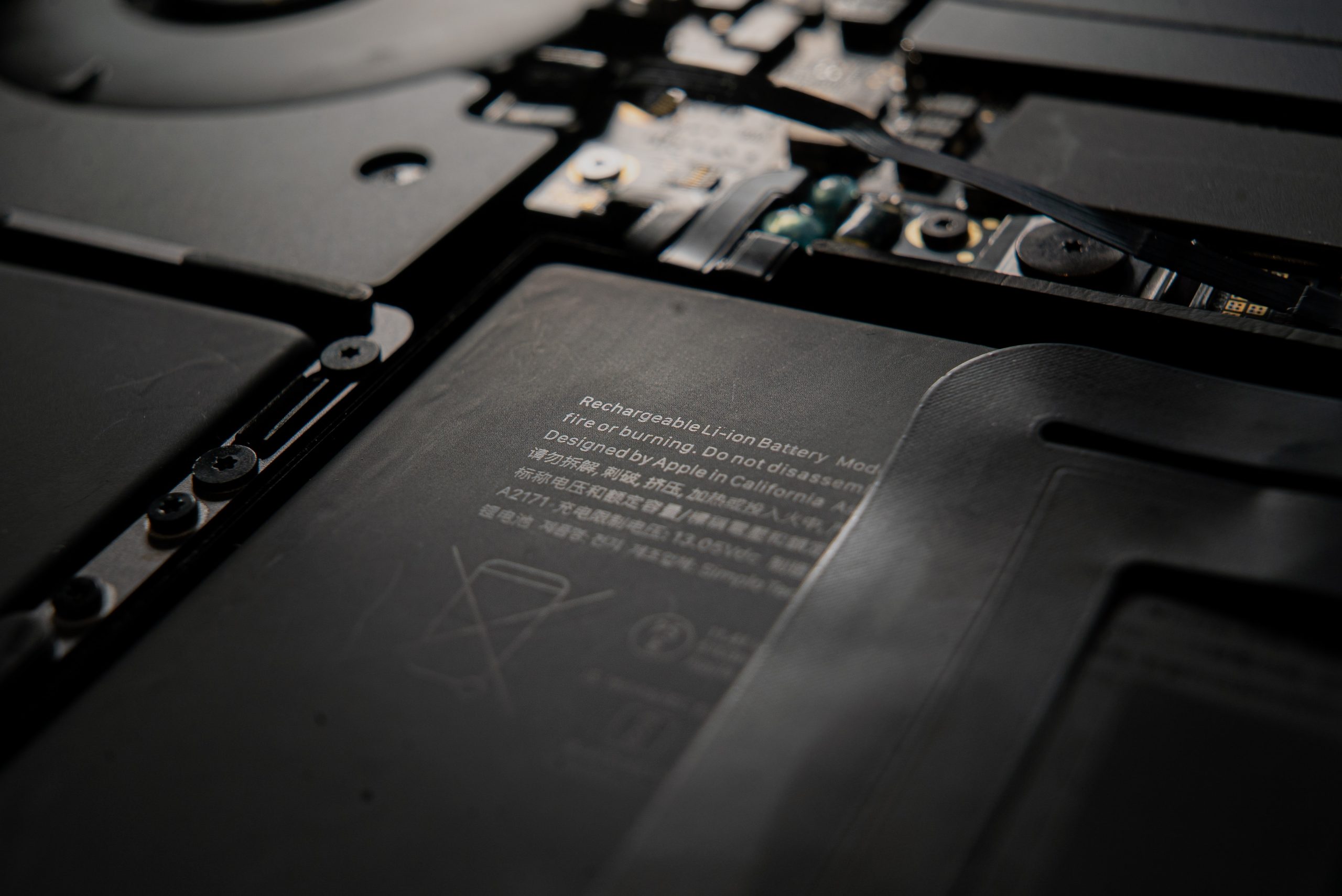CosmosMagazine.com, March 31, 2023, Ellen Phiddian
With their high energy density and working voltage, it’s hard to beat a lithium-ion battery. But current recycling needs temperatures of more than 1000°C, or corrosive chemicals, plus a lot of work sorting the batteries and excess waste before and after the lithium is extracted.
But now a team of German researchers has developed an efficient method of recycling lithium-ion batteries which can be done at low temperature, using only a little aluminium and water. And a ball mill.
According to the researchers, it’s a “universal” method: it could work on any lithium-ion battery.
“This method is expected to increase efficiency at a large scale, foster environmental sustainability, and reduce the overall cost of the lithium-ion battery recycling process,” says Dr Oleksandr Dolotko, a researcher at the Karlsruhe Institute of Technology, Germany, and lead author on a paper describing the research, published in Communications Chemistry.
“Currently, we achieved up to 70% of lithium recovery on the laboratory scale.”
The method employs “mechanochemistry”: using mechanical energy to prompt a chemical reaction. Grinding the reagents in a ball mill is a common way of doing this.
“Mechanical treatment (or ball milling) is already used in battery recycling technologies, but only for crushing electrodes during the ‘black mass’ preparation,” says Dolotko. (The ‘black mass’ is what batteries are processed into before recycling.)
“We believe that until now, the ability of mechanochemistry is not used in recycling technologies to its full potential.”
The lithium in lithium-ion batteries is bonded to oxygen, and a variety of different metals like cobalt, manganese, nickel, and iron.
The researchers found that when these compounds were ball-milled with aluminium, the aluminium acts as a “reducing agent” on those other metals: they’re separated out, while the aluminium sticks to the lithium and the oxygen.
Then, when gently heated with carbon dioxide and water, it turns into lithium carbonate: the compound that’s usually used to make lithium-ion batteries in the first place.
Dolotko points out that, since there’s usually already some aluminium in the foil of battery cathodes, the process doesn’t really need any additional chemicals beyond carbon dioxide and water.







